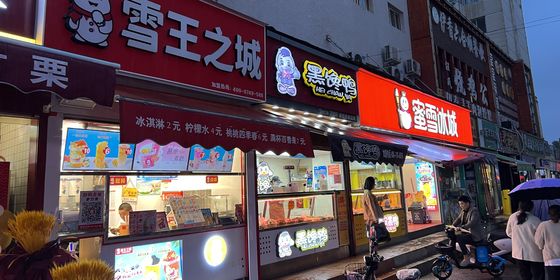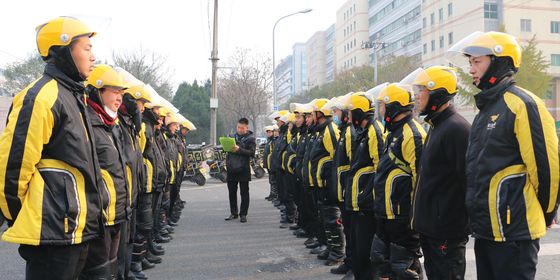A look back at the past of one of Jilin’s most important industries shows just how far the province has come
At age 78, having retired from 40 years of assembling and painting trucks at the First Automobile Works (FAW, 第一汽车制造厂) from 1964 to 2004, energy still courses out of Jiang Renzhong when talking about his old job. His eyes light up, and his words are infused with a passion that raises the seemingly humdrum routine to a show of strength and artistry. To him, manual spray painting is a misunderstood craft: “It took me several months to get it right,” he says passionately from across his kitchen table in a Changchun housing compound, with a twinkle in his eye. “It’s precise finger work…if you put too much pressure [on the sprayer’s trigger] the paint will go everywhere; too light and it won’t spray properly.”
The difficult working environment didn’t help. Jiang and his colleagues labored in a warehouse at over 30 degrees Celsius, wearing two gauze face masks dipped in water to protect themselves from the paint’s toxic fumes, and took an hour off for each hour they worked for additional protection. “It was fine for those with strong lungs, but not everyone was capable of working in those conditions, which were very demanding,” Jiang says, but the demanding pace made it easier. An even, glossy coating had to be applied to the vehicle in just one minute while the parts moved continuously on chains across the factory floor, all while wasting as little paint as possible.
In the 20th century, FAW was of national importance amid China’s early efforts at industrialization, sharing the responsibility of the wider northeastern industrial area to lift the country out of an agrarian economy.













